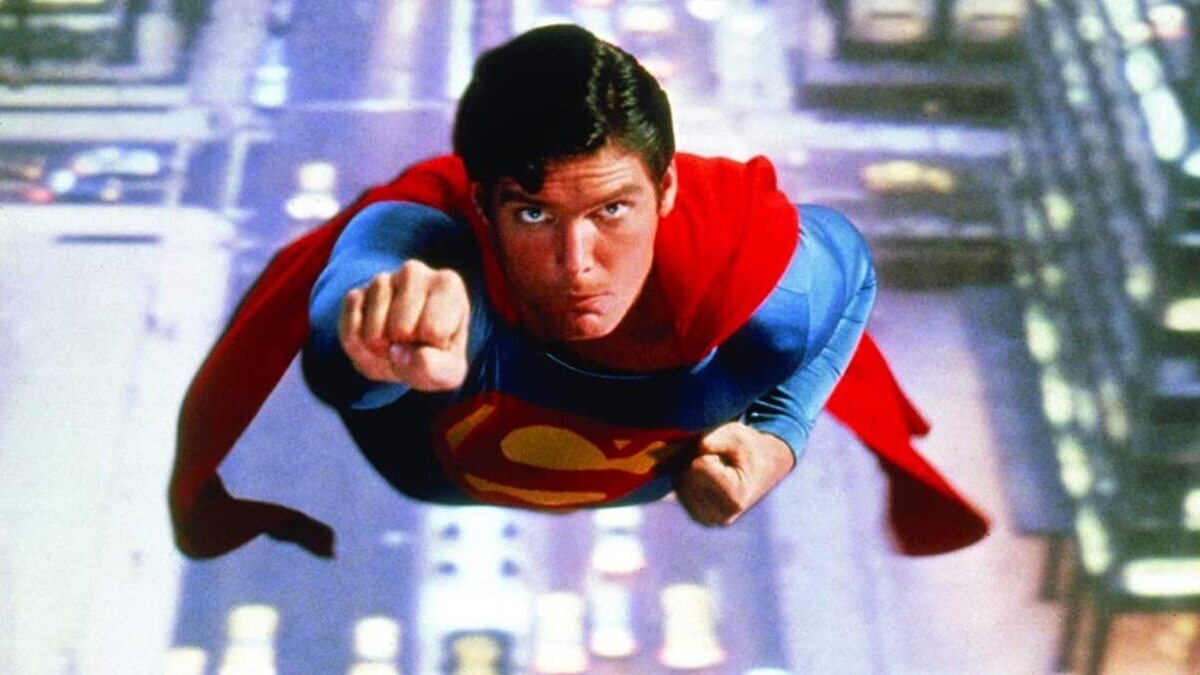The Flash is now available on digital as of today, which means that a whole new audience who never bothered to see the recent DC bomb in theaters are having their eyes opened to the truly unique experience of the Scarlet Speedster’s very first solo movie. With HD clips now circulating online in the wake of its VOD release, fresh outrage is being pointed at The Flash‘s truly jaw-dropping (for the wrong reasons) cameo-laden ending.
In a multiversal collision, Ezra Miller’s Barry Allen sees visions of heroes from DC past, many of whom are recreated posthumously, which would already be a questionable practice even if these weren’t realized with truly execrable CGI. Perhaps the one that stings the most is the decision to recreate Christopher Reeve, the original superhero movie icon, in a scene that is being routinely torn apart on social media.
And yet, as hard as it is to believe, there exists another Christopher Reeve cameo achieved with visual effects that is arguably even more shocking, for all the wrong reasons, than even The Flash‘s Superman resurrection. Airing during Super Bowl XXXIV in 2000, Nuveem Investments left audiences stunned with a commercial that predicted a utopian future where spinal paralysis had become a thing of the past, culminating in a moment in which the paraplegic Reeve is shown walking.
The ad resulted in the National Spinal Cord Injury Association being inundated with calls from those who believed Reeve (who became paralyzed from the shoulders down after a horse-riding incident in 1995) had been miraculously cured. Many of these calls came from disabled individuals or able-bodied people with disabled relatives who were eager to know how Reeve’s “recovery” had come about or else if it was a plausible prediction.
Although clearly engineered as a rather bare-faced example of “inspiration porn,” the Nuveem commercial had the unwanted affect of raising hopes that this bit of visual trickery was either already reality or could become so in just a few short years. “When you go out with an advertisement like that you tread a very, very narrow line between trying to be creative…and being misleading,” the NSCIA’s executive director Thomas Countee Jr. said in response to it.
In contrast, The Flash‘s Reeve cameo may be ghoulish due to it being produced long after Reeve’s death, but at least its poor CGI means it can’t be guilty of misleading anyone that the much-missed actor and activist (who was a great supporter of advancements in stem cell research to combat spinal injuries) was still alive.

